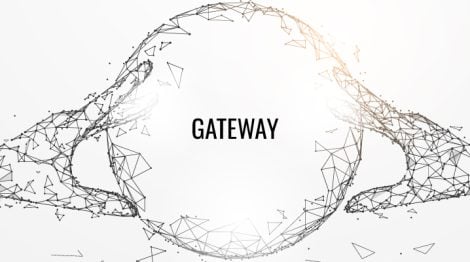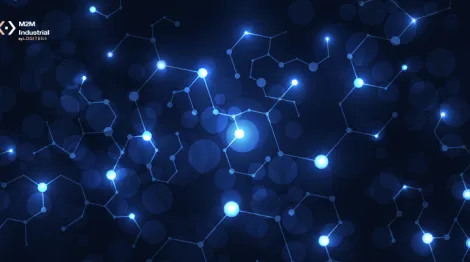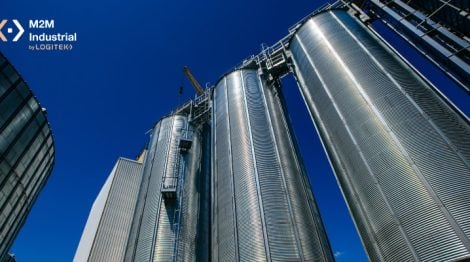Do Sigfox or LoRa have a place in industrial environments?
Sigfox and LoRa are positioning themselves as a great alternative, given that they are data transmission technologies specifically designed for M2M/IoT applications. Their transmission capacity is lim...


The concept of IoT (Internet of Things) has come of age, this year it turns 18, since Kevin Ashton of P&G coined it in 1999. The refrigerator in my house is still not connected to the Internet, and it still doesn’t notify me that my wife has drunk the last beer. Am I willing to pay for IoT at home? Not yet, however, IoT is already present in my home: the electric company remotely monitors our electricity consumption. This application has an indisputable return for the electric company.
For the brewing company, producer of our beers, the IoT or rather the IIoT (Industrial Internet of Things), also has its return. The IIoT is an essential ally for Industry 4.0 and Digital Transformation processes. In the industrial environment, an overwhelming amount of data is generated, but it is complex to capture it all with traditional acquisition architectures. That is why, in most industries, only critical and/or process data is collected.

Not all our data is critical, nor does it require real-time processing, but there are many variables that become relevant if we contextualize them. This is where the IIoT ecosystem makes sense, wireless technologies help us reach where it is not viable with wired sensors. There is no single technology that covers all wireless communication requirements. For example, WiFi is a good option for certain environments, but its range is limited and it drives up deployment costs for large areas of land.
Sigfox and LoRa are positioning themselves as a great alternative, given that they are data transmission technologies specifically designed for M2M/IoT applications. Their transmission capacity is limited, but their advantages are many:
- Long-range communications
- Low consumption: several years of autonomy through the use of batteries.
- Low-cost devices.
- Reduced installation and maintenance costs.
- Scalability.
- Mobility.
Sigfox and LoRa seek to cover the same needs, although with different technical and commercial approaches (see comparison). For this entry, I only want to highlight that Sigfox does not require the deployment of its own network infrastructure, in Spain it is operated by Cellnex and covers most of the territory (see coverage map). Both technologies are ideal for IoT and transmit parameters such as: meter reading (electricity, gas, water), temperature, humidity, pressure, noise, movement, level, status/position (open/closed), …

The applications of Sigfox in an industrial environment are innumerable, they are at the mercy of our ingenuity. For this occasion, allow me to share with you 3 applications of Sigfox in the industrial environment:
1. Energy Efficiency: Ideal to increase the number of connected energy consumption meters. The greater the granularity and contextualization of the information, the greater the capacity to optimize the consumption of each equipment.
2. Digital Rounds: We often have auxiliary facilities away from the core of the factory (treatment plants, fuel tanks, etc.). Usually, these assets are not connected to the control network, and this requires an operator to travel periodically (daily/weekly) to record the measurements (levels, pressures, consumptions, etc.). Automating the capture of these parameters allows, among other things, to reduce the hours invested in the supervision rounds.
3. Maintenance: Online monitoring of assets helps us improve and optimize their maintenance. The gains are appreciable at all levels: corrective (improvement of response time), preventive, condition-based and predictive maintenance.
It is estimated that the IIoT will contribute to a 25% reduction in maintenance costs and a 35% reduction in stoppages.
Every minute that passes, trillions of records are captured in the industrial environment. This figure will increase significantly in the coming years. Each variable not captured or analyzed is a wasted opportunity for improvement. How many more opportunities can we afford to waste?

In addition, you may be interested in our post on Energy policies in IoT as a complement to this information.
From Logitek’s M2M division we are helping companies in this inevitable process of digital transformation through, among others, the deployment of IIoT programs. Contact us and discover how we do it.





